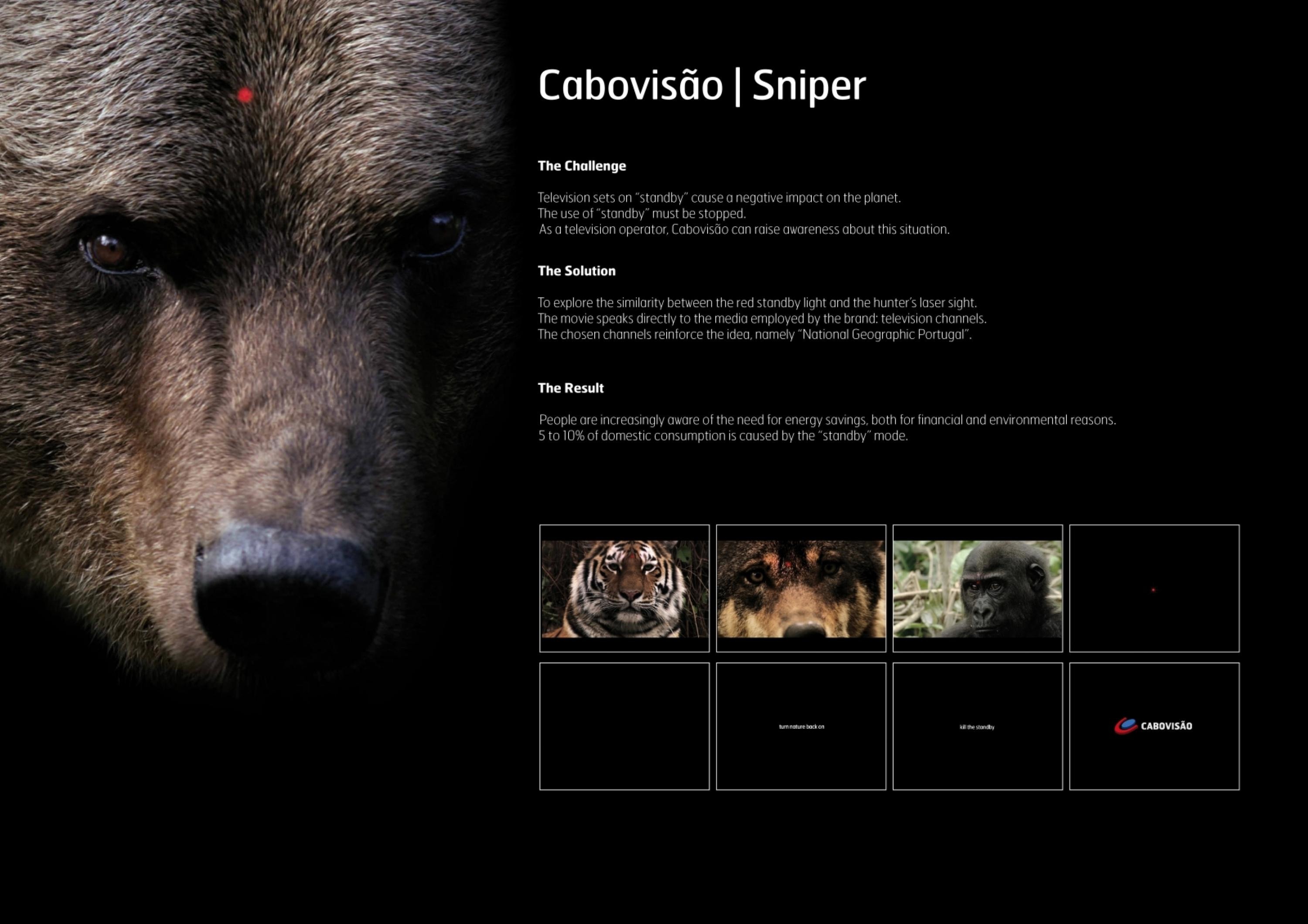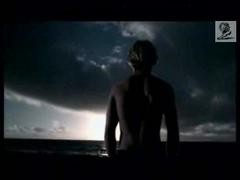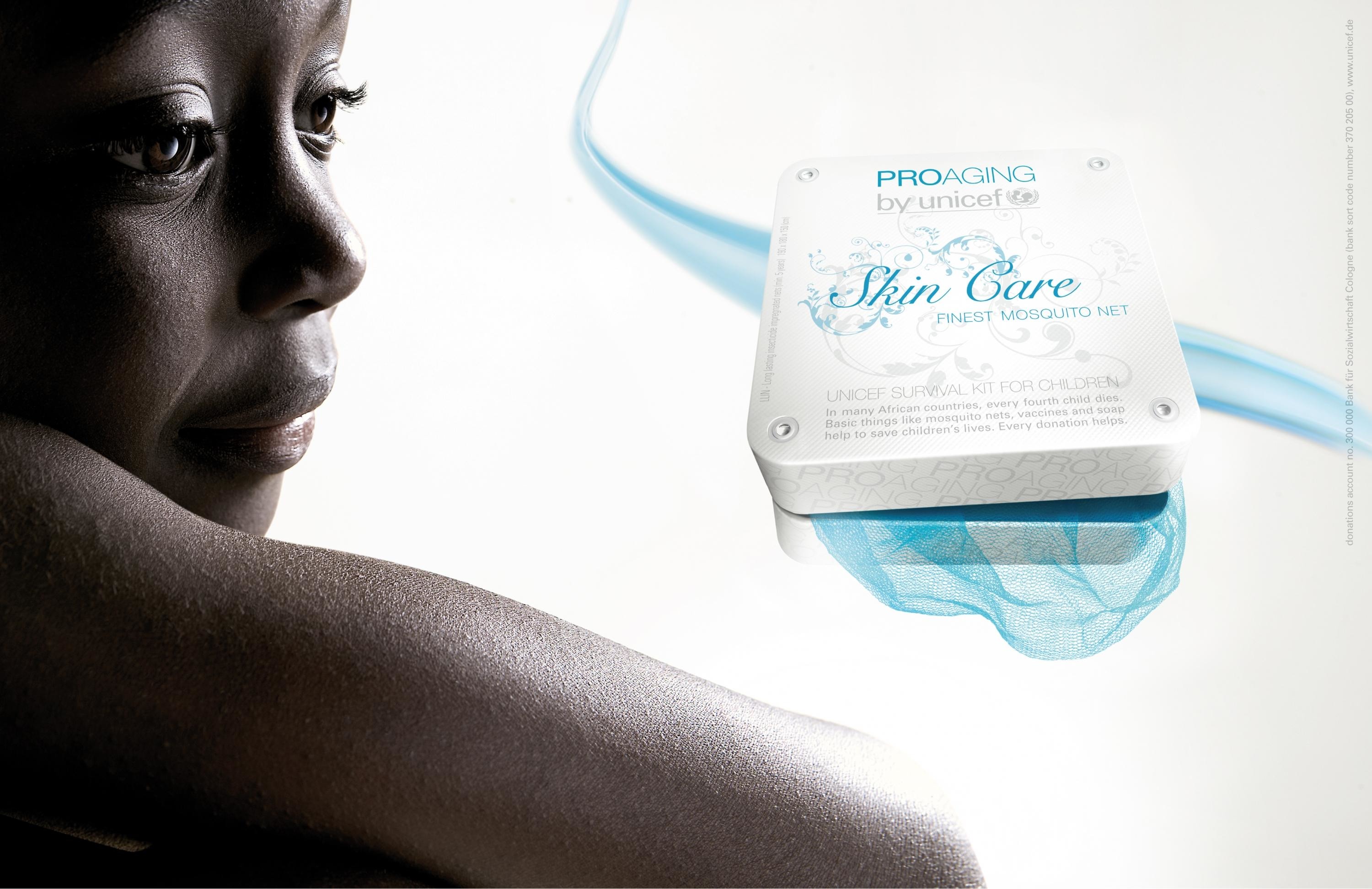Cannes Lions
Signal for Help
JUNIPER PARK\TBWA, Toronto / CANADIAN WOMEN'S FOUNDATION / 2020


Overview
Entries
Credits
Overview
Background
When disaster strikes, the incidence of gender-based violence increases. It’s a documented fact all over the world. The pandemic is a disaster on a global scale, and the social isolation measures necessitated by it increase the danger and risk for those in abusive relationships as their communications are controlled and monitored. The Canadian Women’s Foundation was bracing for a surge in gender-based violence in Canada in March 2020, where 1 in 10 women were very concerned about the possibility of violence in the home during the pandemic. As one of the world’s largest women’s foundations, the Foundation was uniquely positioned to act quickly, and with credibility in response to this crisis. The objective was to interrupt the increase in gender-based violence by inventing, deploying, and promoting a tool that would be potentially live saving to women in danger during lockdown.
Idea
We leaned into the rapid global adoption of video calls and created something anyone could own, and everyone could amplify. A covert, silent way for those who need help to be heard. This unmistakable, universal one-handed gesture was designed as a single continuous hand movement that could be made easily visible over a video call. An instructional social media asset (#SignalforHelp) was designed to demonstrate the two-step process. The post linked back to the Foundation’s site, where everyone could access a downloadable social toolkit and FAQs available in EN, FR, SP. Made to be unbranded, the design allowed it to be easily adaptable, translatable, and scalable by individuals and organizations, and across mediums including PR and social channels - from Facebook to TikTok. In May, we followed up with a TVC PSA to demonstrate how the signal could be used in-situ.
Strategy
We knew from international data that gender-based violence will surge in times of crisis. Our strategic unlock was inspired by our collective and near-instantaneous shift to video calls. With people’s attention to social media and sense of community and empathy towards the wellbeing of others heightened, we created a new method of communication for women to ask for help when at risk of violence. One that could be easily understood, adaptable, translatable, and scalable by individuals and organizations globally, and across mediums.
Through an optimizable and open-source toolkit we invited media and the public alike to engage with and share our key message: The pandemic has increased the danger for those at risk of gender-based violence and Signal for Help is a simple one-handed sign one can use on a video call to reach out for help, without leaving a digital trace.
Execution
On April 14, 2020, an instructional social post (#SignalforHelp) designed to demonstrate the two-step process went live on the Foundation’s social channels. The post linked back to the Foundation’s website, where everyone could access a downloadable social toolkit and FAQs available in English, French, and Spanish.
On May 13, 2020, we followed with a PSA demonstrating how Signal for Help can be used in-situ. The PSA was later showcased on Canadian TV networks – CTV and CBC – via donated media, and went viral after organically making its way to TikTok on June 6, 2020.
To ensure people on the receiving end would know how to act and what action to take when they saw the signal, we developed and launched hundreds of local resource hubs in partnership with women’s organizations and governments around the world. For example, the Women’s Funding Network in the US and Fundacion Mujeres in Spain.
Outcome
Signal for Help has become a symbol in the fight against ending gender-based violence. It has been adopted and institutionalized by 200+ organizations around the world including women’s organizations, domestic violence helplines, police forces, and governments, who have made local resources available in 40+ countries and translated it into 20+ languages. Three months after launch, an independent Canadian survey revealed that 96 out of 1,509 people said they had used or seen it used directly. It has garnered over 1 billion organic impressions across earned media and social, with over 10m social shares, likes, and comments. It was covered by both Vogue and The Howard Stern Show, resonating as much with Billie Eilish as it did with Margaret Atwood. The Canadian Medical Association Journal featured it as a tool to help those at risk during the pandemic and it is now generally referred to as the “international sign for help.”
Similar Campaigns
11 items








